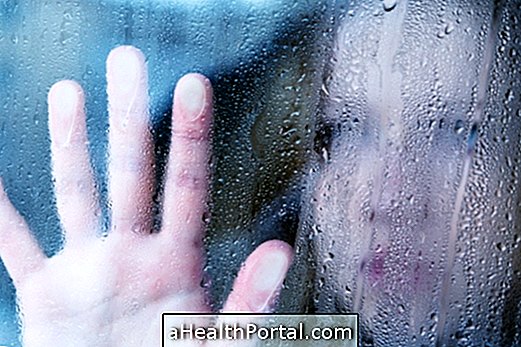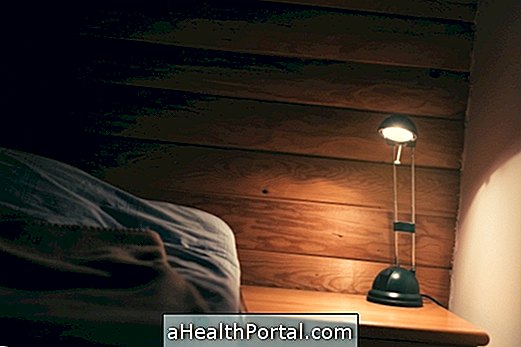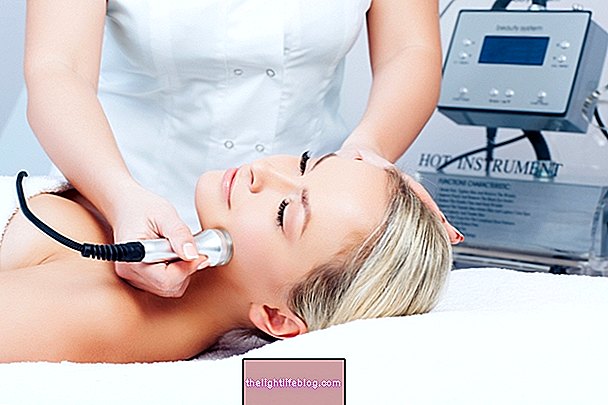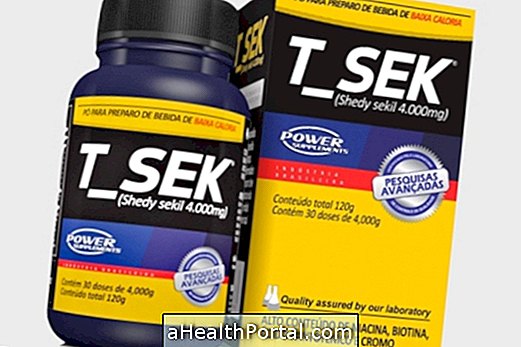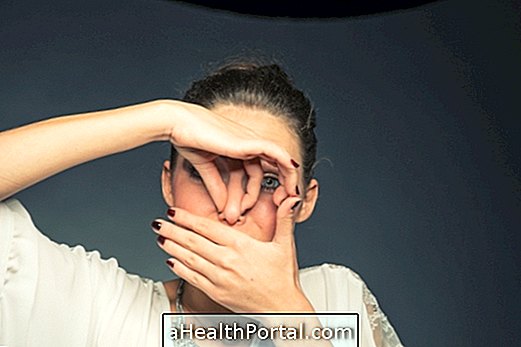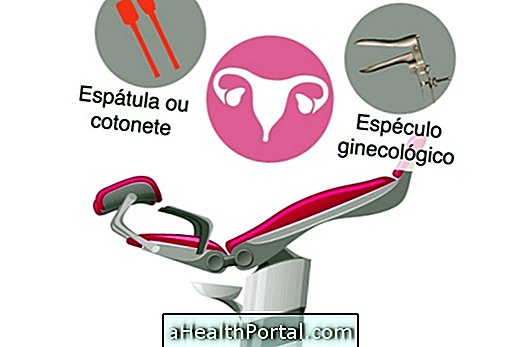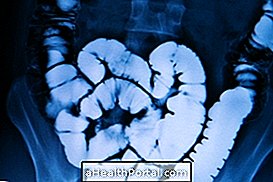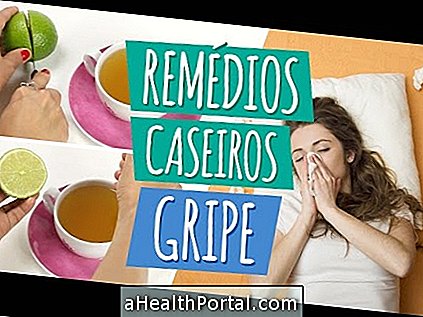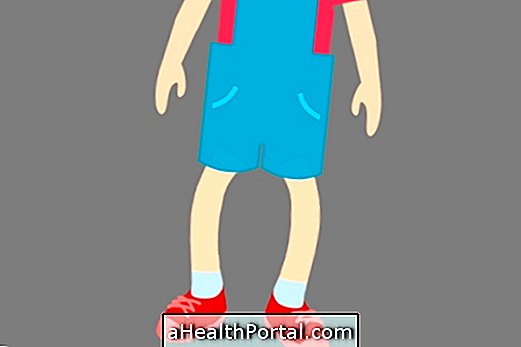The treatment of obsessive-compulsive disorder, known as OCD, is done with the use of antidepressant remedies, conducting cognitive-behavioral therapy or a combination of both. Although not always cure the disease, this treatment is able to control symptoms well in most cases, improving the quality of life of the person living with this problem.
The person with symptoms that indicate this disorder, such as compulsion or obsession for cleanliness, symmetry, repetitive behavior or excessive superstition, for example, should seek the consultation with a psychiatrist, for correct evaluation, diagnosis and, therefore, indication of the most appropriate. Check out the main symptoms and learn how to identify OCD.

Most used drugs
The drugs that are usually used to treat OCD, both for adults and children, are antidepressants, directed by the psychiatrist. Some of the most used include:
- Clomipramine;
- Paroxetine;
- Fluoxetine;
- Sertraline;
- Citalopram.
These remedies should be used daily, and their effect may take up to 6 to 12 weeks to take effect and therefore, every 4 to 8 weeks of treatment, the psychiatrist can do reevaluations and consider the need to increase the dose.
Some people may need high doses of the medicines, which causes a greater chance of side effects, which may include nausea, dizziness and drowsiness. If the effects are very intense, it is necessary to talk with the doctor, to evaluate the possibility of changing the medicine.
Cognitive behavioral therapy
Cognitive-behavioral therapy, or CBT, is the approach of psychotherapy best suited to treat OCD, and is fundamental for reducing anxiety attacks and controlling behavior caused by the disease.
This therapy is characterized by exposing the person with OCD to factors that provoke fear and lead to obsessive behaviors. Thus, the patient learns to deal with their behaviors and lessen the episodes of compulsion and obsession.
The sessions of this therapy last about 30 minutes, but the patient should maintain the therapy at home, establishing daily goals with the psychologist. Therefore, the family can support this treatment, being from person to house.

Natural Treatment Options
Some excellent forms of natural treatment, which do not replace medical-oriented treatment, but help control anxiety symptoms that worsen illness, are relaxation therapies that involve breathing, meditation, yoga, shiatsu, reiki and acupuncture techniques. example.
In addition, regular physical activity, such as walking, is an excellent ally for reducing stress and anxiety.
Taking care of the diet is important because there are foods with properties that help control anxiety and increase the sense of well-being such as peanuts, bananas, oats and passion fruit leaf tea, for example. Check out diet tips to combat stress and anxiety.


